Gentlemen’s Guide: Bangkok’s 5 Best Barber Shops
These top 5 barber shops in Bangkok are where gentlemen can elevate ...
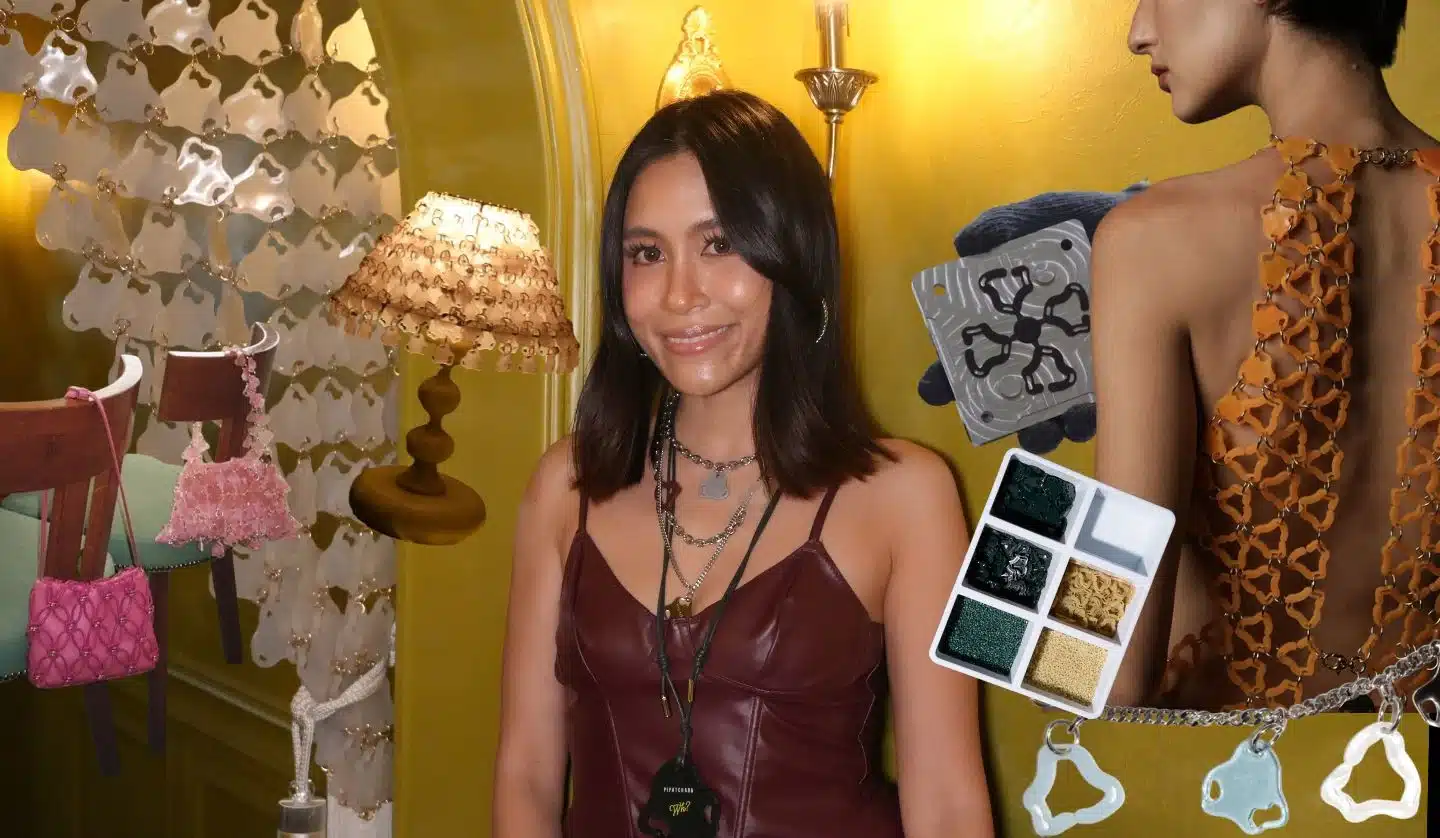
Fridays are for clocking off, spilling into favourite bars, and the week fading into the night. But in Friday Future Lister, Friday also stands for something sharper: creativity, fresh ideas, and the visions of rewriting tomorrow.
Today, we spotlight a Thai designer, Pipatchara “Petch” Kaeojinda, whose journey has already taken her work to the global fashion stage. But this time, Petch is thinking even bigger by expanding her vision from wearable pieces into the world of interiors.
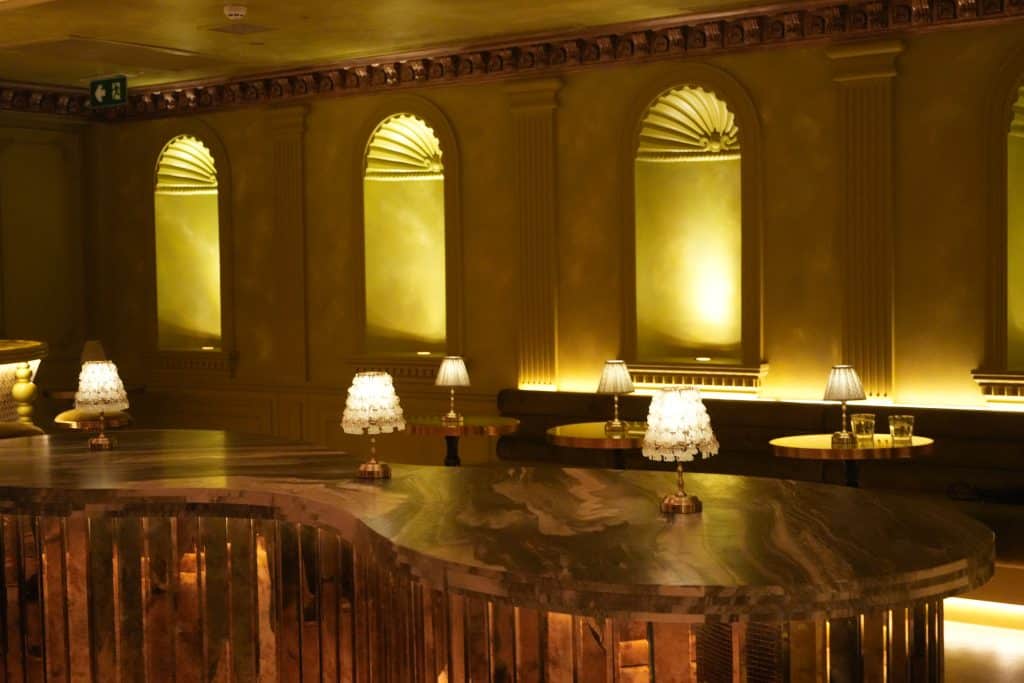

We sat down with her to talk about her latest mission, reimagining design as a way to tackle waste, spark conversation, and push her brand into a more consciously positioned future. With sustainability and craftsmanship at the heart of her work, she’s now showing how her design can live not just on the body but in the environments we gather in.
“At Pipatchara, fashion is not just a clothing piece, it’s a lifestyle of people,”
Petch begins, setting the tone for our conversation.
Founded in 2018 by sisters Pipatchara “Petch” and Jittrinee “Tubtim” Kaeojinda, the label is rooted in a shared love for arts and crafts, especially the technique of macramé. Their debut collection reimagined this age-old knotting method into modern hand-crafted pieces, a combination of tradition and contemporary design. The sisters work with artisans in northern Thailand, teaching them knotting techniques and patterns unique to the brand. It provides livelihoods, skills, and pride for local communities.
That philosophy comes to life even more in the Infinitude collection, one of the brand’s most distinctive collections. Infinitude transforms discarded bottle caps and food containers into wearable arts and bags. Each piece is made from triangular components, melted down and re-formed from recycled plastics, then assembled entirely by hand. A single garment can incorporate thousands of these elements, turning waste into something exquisite.
Worn by global names including Lisa Blackpink or Lalisa “Lisa” Manobal and Barbara Palvin, Lisa’s showstopping look was crafted from more than 1,800 recycled elements: 80% golden bottle caps and 20% clear plastic food containers, all in their natural hues, while Barbara Palvin’s piece incorporated 1,528 water bottle caps.
Moving on to Pipatchara’s latest fashion collection, the brand turns its attention to one of the ocean’s most pressing problems: discarded fishing nets. Each year, around 700,000 tonnes of nets are left behind in the sea, making up nearly 10 percent of marine litter. Once abandoned, they become silent killers by growing heavy, sinking to the seabed, and entangling coral. Deprived of sunlight, the corals die, eventually decomposing and releasing the nets back into the water to repeat the toxic cycle, as the material itself never naturally decays.
Seeing this urgent issue, Pipatchara and her team set themselves the challenge of transforming discarded fishing nets into fashion. The result is the Aqua-R-Us collection, an evolution of the brand’s Infinitude concept. Designed to spark conversation and awareness, Aqua moves away from eveningwear into more relaxed silhouettes, balancing the weight of the pieces. The collection also introduces beaded dresses crafted from recycled saline bottles, which extends the dialogue around waste and sustainability.
“We still see the issue of heaviness in these elements when viewed through a fashion lens, and I’ve been discussing with my team how we might take it further. I believe interiors provide the solution. This project is a reminder that sustainability can connect to every part of life, whether it’s travel, nightlife, or the spaces where we come together. It’s about showing that conscious design isn’t limited to one form.”
At What’s Happened? bar, Pipatchara marks her next milestone by merging sustainability with interior design innovation.


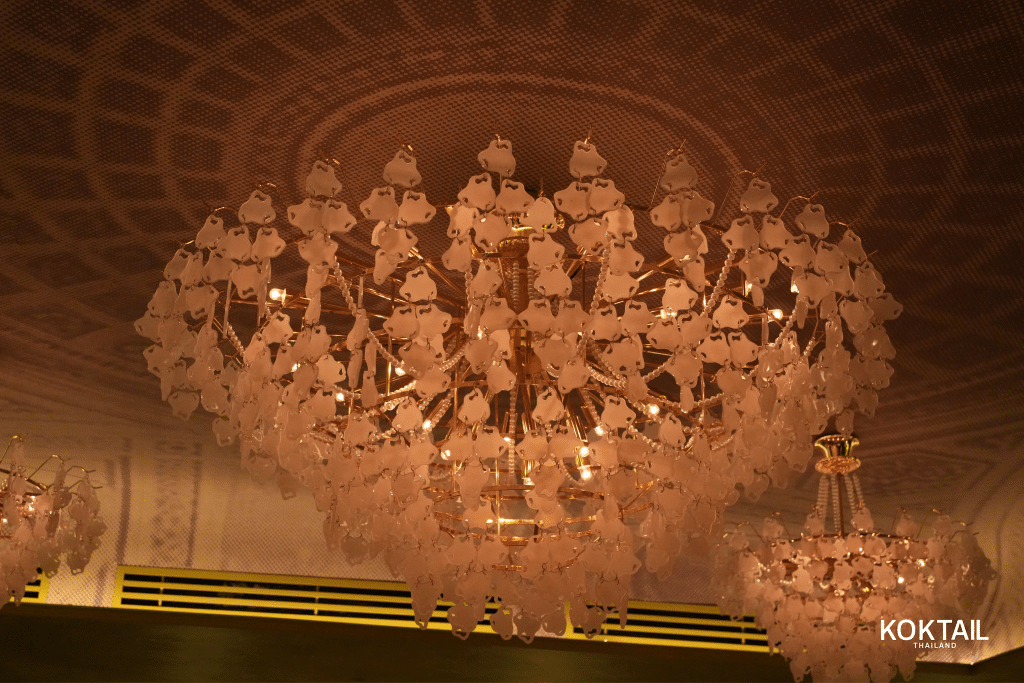
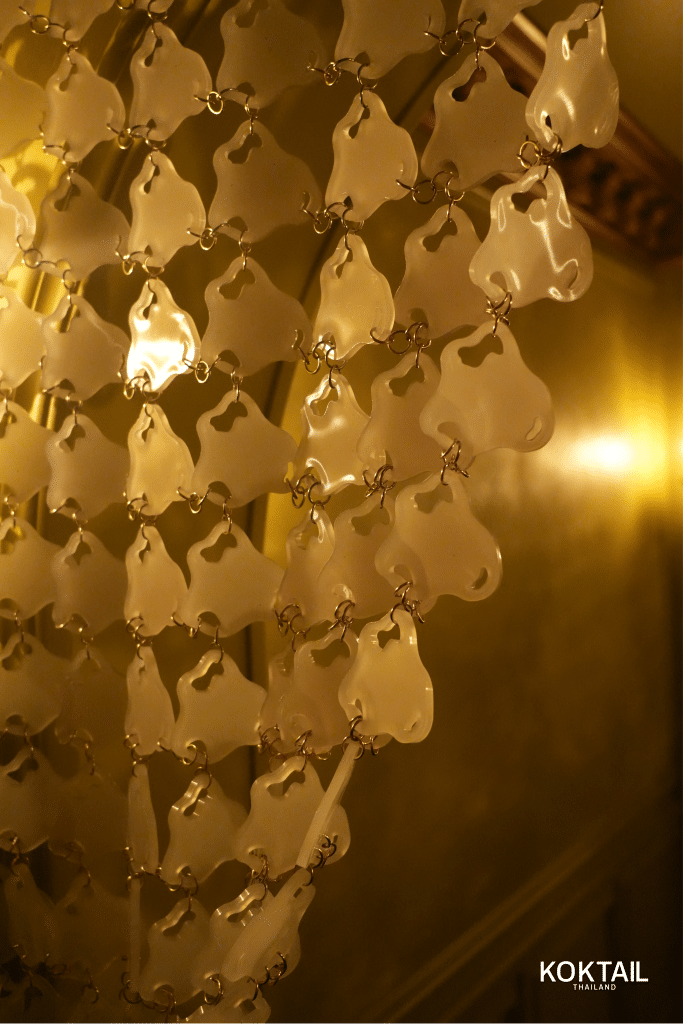
“I think you can still recognise my signature in this work. The Infinitude concept has been translated into many elements: curtains, chandeliers, and lamps crafted from 500 orange barrels, as well as can openers made from fishing nets, building on the Aqua-R-Us collection. Beyond orphan plastics, we’ve been exploring new materials.”
To further Pipatchara’s vision, we also spoke with Pakorn “Boy” Chatborirak, founder and owner of What’s Happened?, the first venue to showcase Pipatchara’s sustainable design ethos through its interiors.
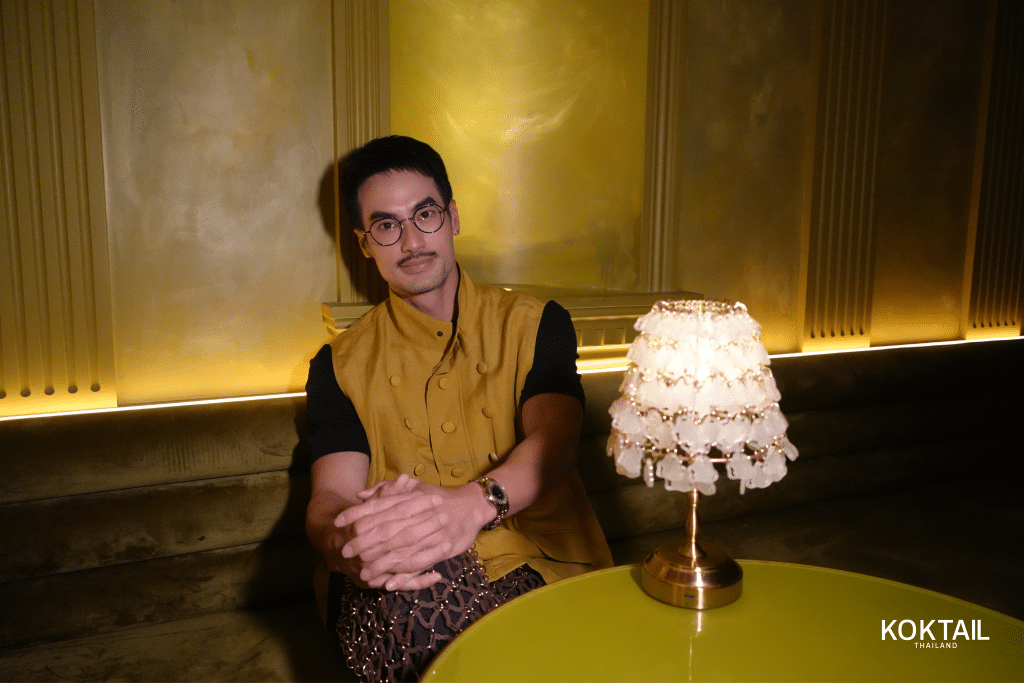
“Pipatchara is both conscious and beautiful,” Boy reflects. “It connects with us because I also want to address the issue of waste in the F&B industry. Together with Pipatchara’s team and Petch herself, we’ve worked to foster a more conscious mindset.”
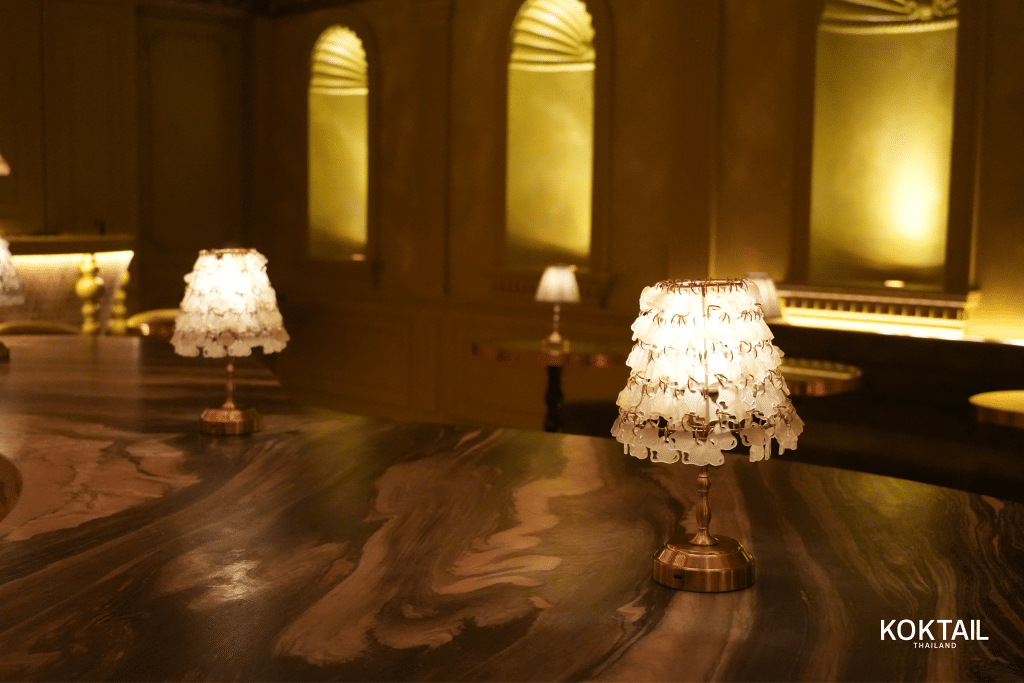
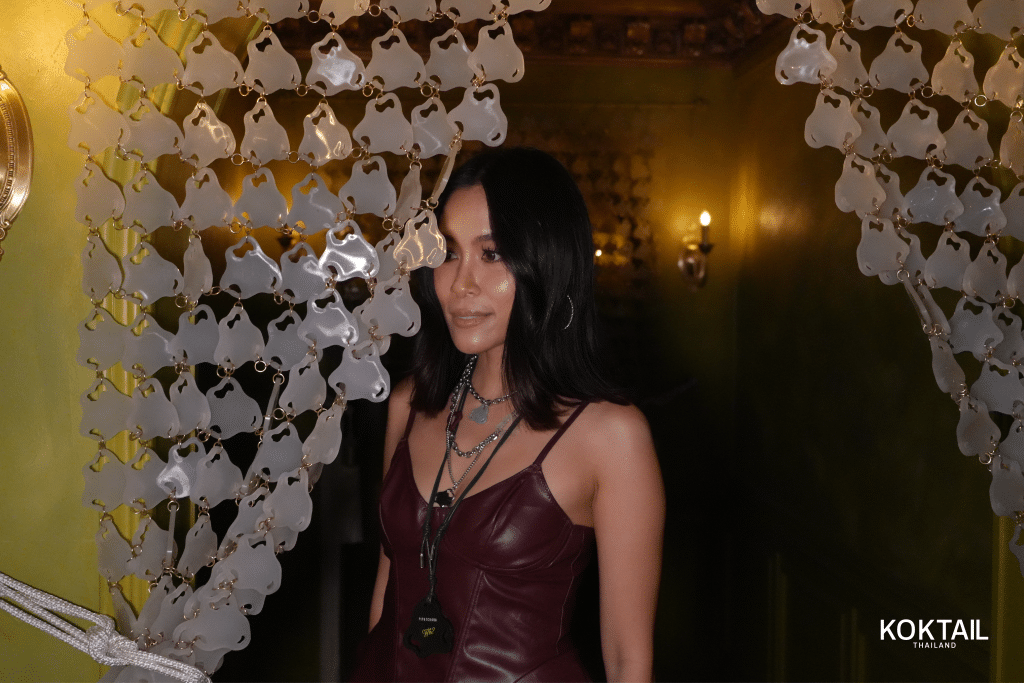
Through this collaboration, Pipatchara shows that design can be both beautiful and purposeful. By weaving sustainability into everyday spaces, she reminds us that small choices, whether in fashion, food, or interiors, can spark a larger movement. It’s a vision that inspires us to live more consciously, proving that creativity and responsibility can, together, shape a brighter future.
“Fishing nets can actually be recycled and upcycled even more effectively than regular waste. That’s why we saw this as the perfect opportunity for the brand to explore and highlight the potential of nets in our work,” Petch concludes.
With this vision in mind, Petch’s next move will focus more on living spaces, where the larger the project and the more waste she repurposes, the greater the impact. She will continue to show how fashion and interiors can transform discarded materials into meaningful, conscious creations.
These top 5 barber shops in Bangkok are where gentlemen can elevate ...
Pets, as cherished members of our families, deserve rights and protections that ...
Wandering around the globe, try out the signature tastes of cultures across ...
Sailorr and Molly Santana’s black grills fuse hip-hop swagger with homage to ...
Oooh, Pantone just dropped their 2026 Colour of the Year and it’s ...
Pattaraporn “Nat” Salirathavibhaga’s HOMELAND supports farmers through conscious purchasing and bringing agriculture ...
Wee use cookies to deliver your best experience on our website. By using our website, you consent to our cookies in accordance with our cookies policy and privacy policy